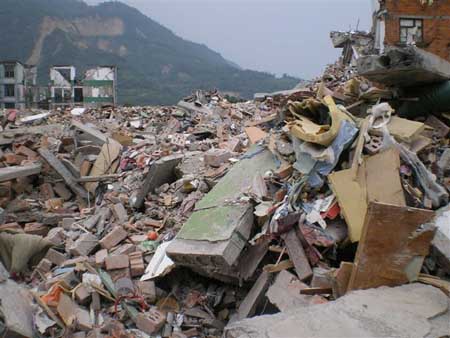Infrastructure development
One of the biggest pre-Olympic projects involved the addition of three new Metro Lines and 20 stations to the existing network of four lines and 70 stations. This is part of a long-term plan, due for completion in 2012, to provide Beijing and its suburbs with a network of 200 stations served by ten city and suburban metro lines (London, in comparison, has 268 stations served by thirteen lines). The project does not have, and never did have, anything to do with the Olympics.
Like any modern city, Beijing has a duty to provide an environment with a fast, clean, environmentally friendly metro network. The only part of this project that was built specifically for the Olympics was a spur of Line 8. It contains three stations underneath the Olympic Park. Needing no more land than that which was already earmarked for the Olympic Park itself, it created zero extra displacements. In the future, when Line 8 is completed, it will provide a link through16 stations from the center of the city 20km to the north up to and beyond Ring Road 5 – one of the main areas where displaced residents are being rehoused.
Housing quality
COHRE's initial report stated that: "One third of the housing earmarked for demolition had been classified as "dangerous" (weifang), from which it may be inferred that the rest of the housing was adequate…" iii
Huge swathes of urban Chinese housing, in Beijing and elsewhere, comprise low-rise apartment blocks built in the late 1980s and early 1990s. When I first saw them I imagined they dated back to the 1960s. I was shocked to learn that they are little more than fifteen years old.
I have lived in some of these buildings. They are far from "adequate" - unsightly, unsanitary, and sub-standard. They were poorly built, to standards far short of what would be required today. China's population at the time that they were built was similar to its population today. China's GDP at the time that they were built was one twentieth of its GDP today. At the time that they were built, people could not afford anything better.
Buildings like this collapsed by the thousands during the Sichuan earthquake, killing tens of thousands of people. If they are not dangerous now – in the absence of an earthquake – then they certainly will be in another decade, if they are still standing. They have to be replaced.
|

|
|
Hanwang Town, Sichuan: Acres of rubble from low-rise apartment blocks which collapsed in the earthquake, killing tens of thousands of people.
|